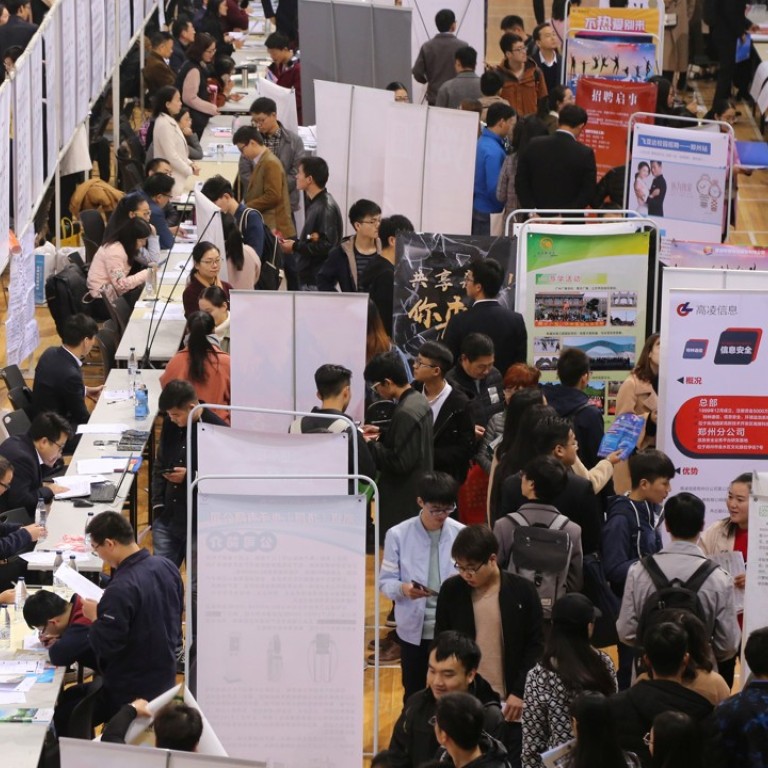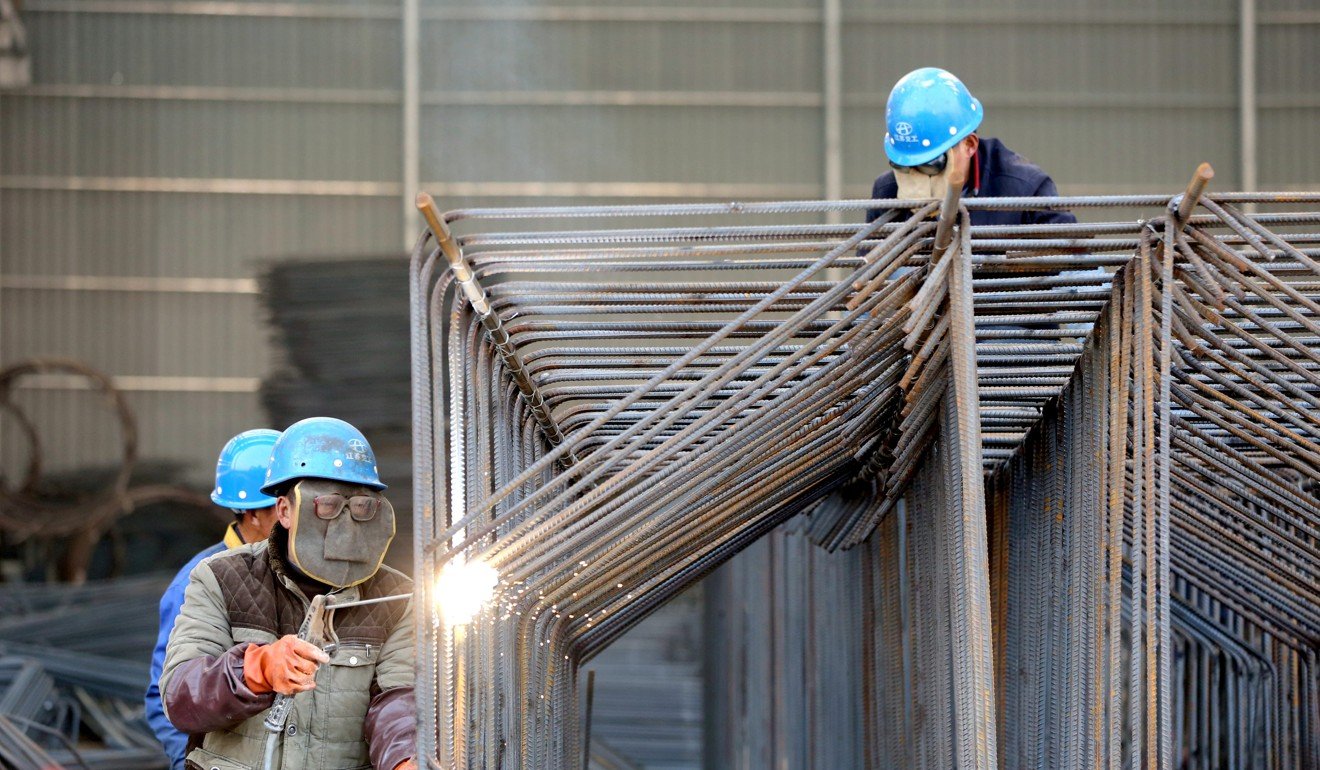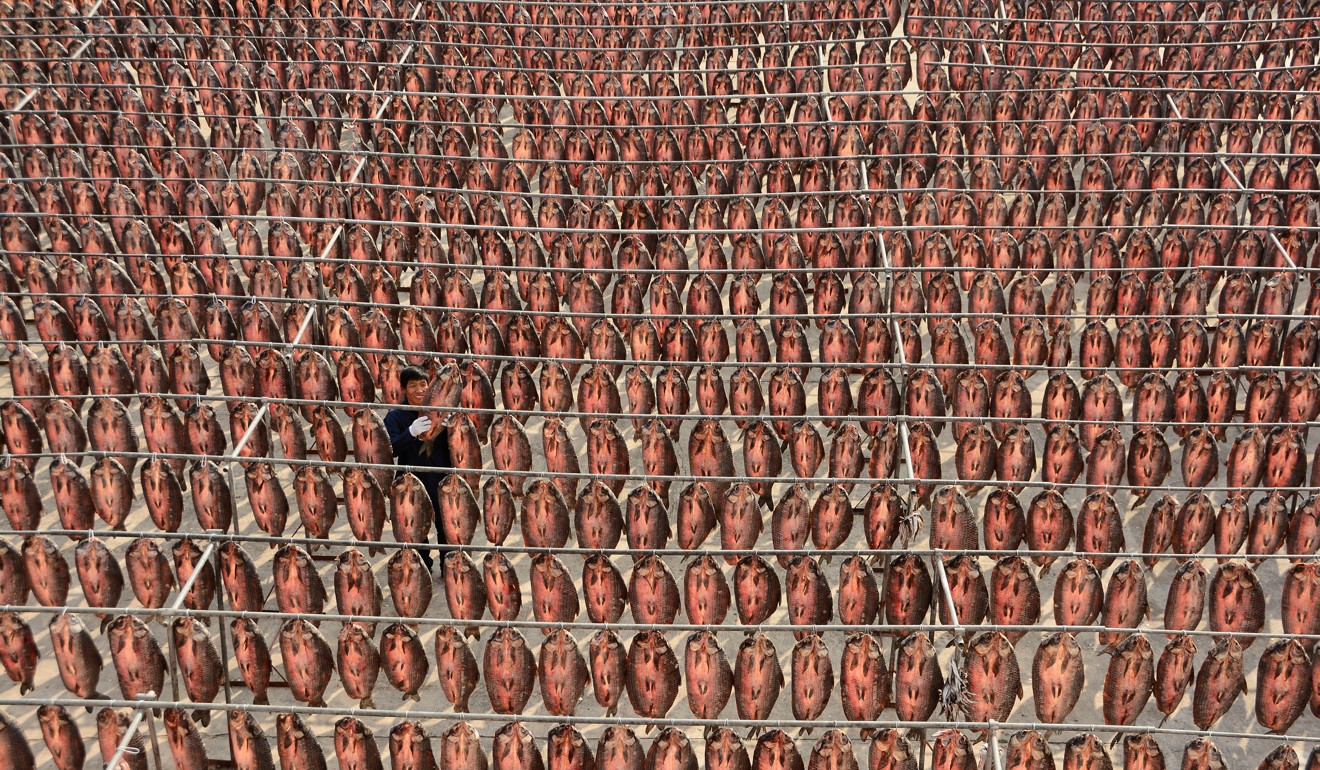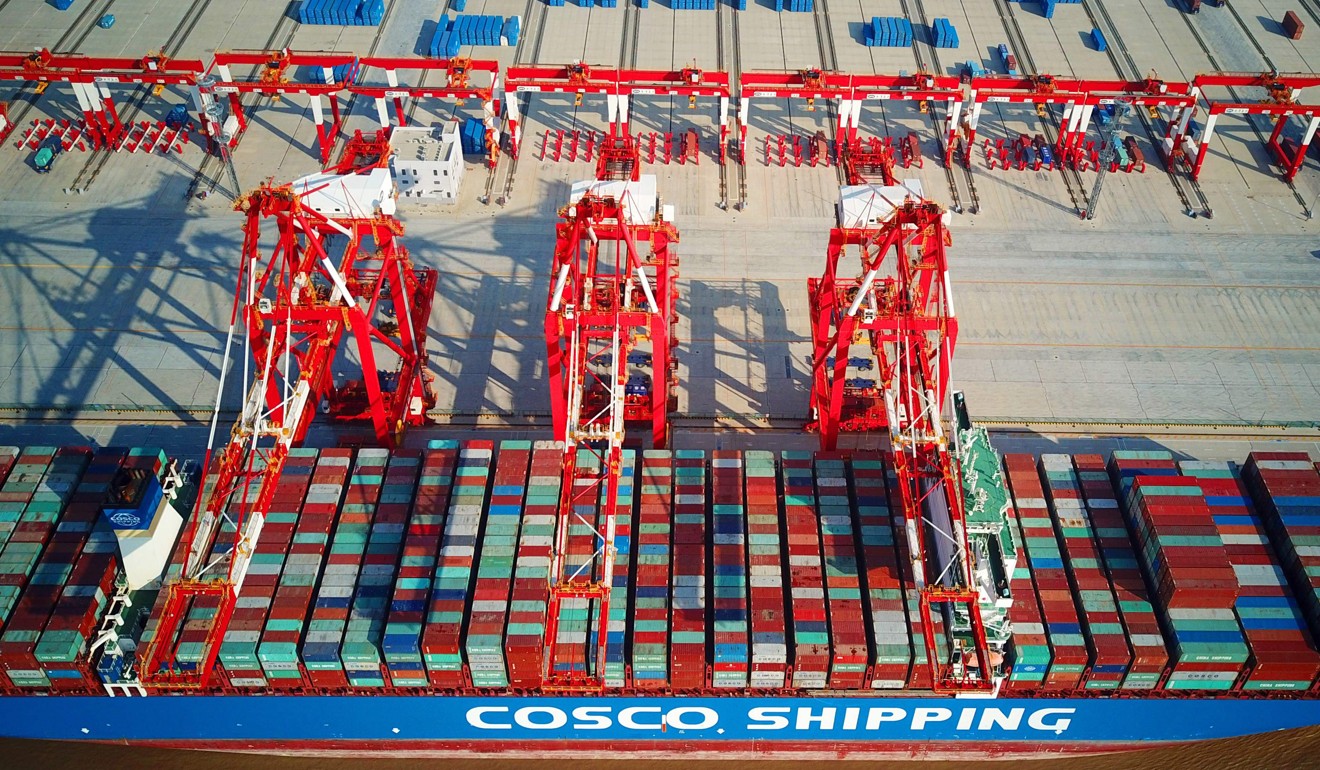
After all those ‘hard landing’ warnings, do you still want to bet against China?
In the 1980s China accounted for just 3 per cent of total global output and later naysayers lined up to criticise attempts at reform, but Beijing has prevailed and seems prepared to weather any storm
In December, the China Economic Quarterly shut up shop after 20 years. To mark the print journal’s passing, the editors looked back at the lessons learnt since 1997, and what they teach about the likely course of China’s development over the next generation.

At the time, China was an economic also-ran. Yes, it was home to more than a fifth of the world’s population. But it accounted for just 3 per cent of global economic output, and a similar share of world trade. The average income was on a par with the Congo. Most of the state-controlled industrial base was antiquated and unprofitable.
Across the country, state-owned enterprises were kept in business only by open-ended loans from state banks, operating as a form of welfare. As a result, some 50 per cent of the banking system’s outstanding loans were reckoned to be non-performing, with the entire financial system often said to be in danger of imminent collapse.
Brrr ... Xi’s heavy handed pollution policy goes up in smoke
Worse, it seemed political appetites for economic reform had diminished since the opening up of the 1980s – an opening that led to runaway inflation and the political uprising of 1989. In the 1990s, things seemed to go backwards, with a tightening of central government control and an entrenchment of interests that saw the People’s Liberation Army (PLA) established as one of the country’s primary forces in business.
And just to cement the pessimistic view, in the summer of 1997 the tiger economies of Southeast Asia were struck by a round of devaluations, defaults and debt deleveraging that threatened, domino-fashion, to topple China, too. In early 1998, one diplomat in the economic section of the US embassy in Beijing was so sure that China’s economy was going the same way as Thailand’s and Indonesia’s that he was prepared to bet all-comers US$1,000 that Beijing would devalue the yuan by at least 20 per cent during the following 12 months.

He lost his bet. What he had failed to take into account was the remarkable political will and executive ability of premier Zhu Rongji. As China Economic Quarterly (CEQ) editor Arthur Kroeber wrote last month: “The achievements of Zhu’s five-year tenure were little short of astonishing. Were it possible to measure such things precisely, he would certainly hold the world record for the most economic reforms achieved in the least amount of time.”
Here’s how China’s ageing will narrow income gaps in West
Zhu’s administration broke up China’s monolithic ministries, restructured big state concerns into something resembling commercial businesses, closed down the most inefficient rust-belt operations (ruthlessly laying off tens of millions of industrial workers in the process), sold off thousands of smaller enterprises, forced the PLA to surrender its commercial interests, cleaned up the banking system and privatised China’s housing stock to ignite a multi-year property and construction boom.
And along with his boss Jiang Zemin, Zhu secured China’s entry into the World Trade Organisation, a move that helped pave the way for the explosion of trade and investment which followed.
The economic upheavals were so deep-seated and far-reaching that many of the outside observers who had been worried that a failure to reform would lead to economic and political collapse promptly started to predict instead that an overenthusiastic approach to reform would now produce the same result.

They were wrong. And so were the legions of economists who predicted China’s financial and economic collapse as a result of Beijing’s massive credit-fuelled investment binge during the 2008-09 global crisis, or from the rapid build up of debt in the years that followed.
For 20 years, China has defied every forecast of collapse to become the world’s second-biggest economy, and by far the most important driver of global growth. What is more, the Communist Party now appears more solidly entrenched in power than at any time in the last few decades.
So what lessons can all this teach us about the next 20 years? Most obviously, it doesn’t pay to bet against either China’s economic development or the primacy of the Communist Party.
For decades, observers have argued that China’s model of state-directed development was deeply inefficient. Repeatedly they warned that it would misallocate capital on a colossal scale, leading to declining returns on investment, a debt crisis, and stalled growth, if not an outright economic contraction.

Yet, while China’s development model was far from perfectly efficient, it has proved effective enough. And while capital misallocation may have seen the value of liabilities exceed that of assets across much of the state sector, that matters little. It is not insolvency that triggers financial and economic crises, but illiquidity. And as long as the state controls the domestic financial system and constrains flows of cross-border capital, the chances of a crippling liquidity crunch remain minimal.
So, yes, China’s growth will slow over the coming 20 years. That’s inevitable given the sheer size its economy has reached. But the slowdown won’t trouble most Chinese people. As the economy continues gradually to rebalance from investment to consumption, from manufacturing to services, incomes will continue to increase, with the number of households reckoned to be affluent middle-class set to triple even as growth slows.
Tom Holland is a former SCMP staffer, who has been writing about Asian affairs for more than 20 years

